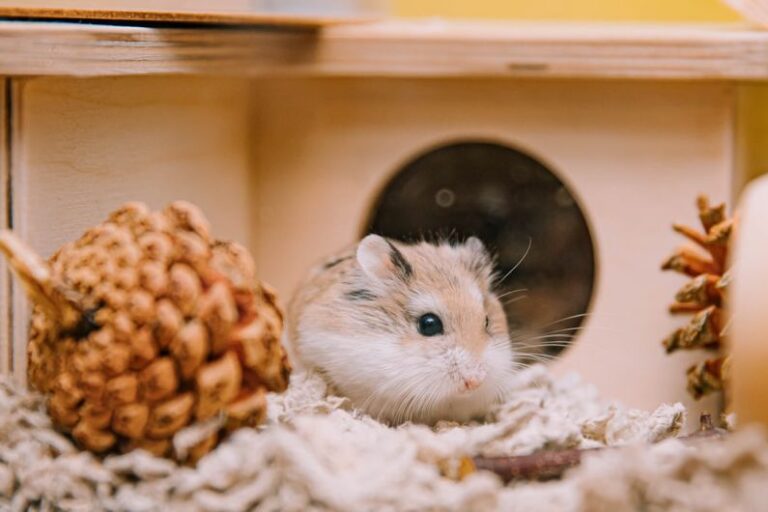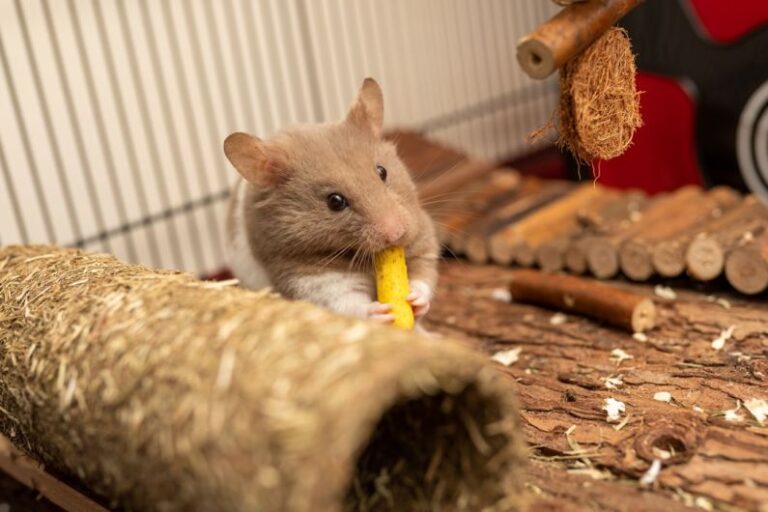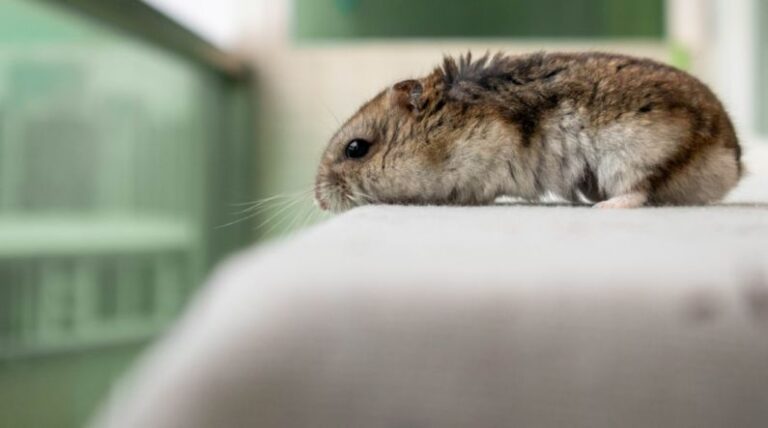
Choosing the Best Locations in Your Home for a Hamster Cage
Hamsters are adorable and low-maintenance pets that bring joy to any household. When deciding on the perfect spot for your hamster cage, it’s important to consider various factors to ensure your furry friend’s well-being and comfort. From avoiding direct sunlight to minimizing noise levels, here are the best locations in your home for a hamster cage.
Selecting a Quiet Area
Hamsters are nocturnal creatures, which means they are most active during the night. To ensure your hamster gets the rest it needs during the day, it’s essential to place the cage in a quiet area of your home. Avoid high-traffic spots where there is a lot of noise and activity, such as near the living room television or close to the front door. Opt for a peaceful corner in a room where your hamster can sleep undisturbed during the day.
Avoiding Direct Sunlight
Direct sunlight can be harmful to hamsters as they are sensitive to extreme temperatures. Placing the cage in direct sunlight can lead to overheating, dehydration, and discomfort for your pet. Choose a location that receives natural light but is not exposed to direct sunlight for prolonged periods. Indirect light is ideal for maintaining a comfortable and safe environment for your hamster.
Maintaining Proper Temperature and Humidity
Hamsters are most comfortable in temperatures ranging from 65 to 75 degrees Fahrenheit. It’s crucial to avoid placing the cage near air vents, radiators, or drafty areas that can cause temperature fluctuations. Additionally, hamsters thrive in moderate humidity levels, so keep the cage away from humid areas like bathrooms or kitchens. Maintaining a stable temperature and humidity level will ensure your hamster stays healthy and happy.
Providing Sufficient Ventilation
Proper ventilation is essential for your hamster’s overall well-being. Ensure the cage is placed in an area with adequate airflow to prevent the buildup of ammonia from waste and to keep the environment fresh. Avoid placing the cage in a closed-off space or near items that could obstruct airflow, such as curtains or furniture. Good ventilation will help maintain a clean and odor-free habitat for your hamster.
Keeping Away from Other Pets
While hamsters are small and may seem harmless, it’s important to keep them away from other household pets like cats and dogs. Even if your pets are well-behaved, their presence can cause stress and anxiety for your hamster. To ensure the safety of your pet hamster, place the cage in a location where other animals cannot reach or disturb it. Creating a separate and secure area for your hamster will help prevent any unwanted interactions with other pets.
Minimizing Dust and Allergens
Hamsters are sensitive to dust and allergens, which can affect their respiratory health. Avoid placing the cage near dusty areas, such as bookshelves or vents, to minimize the risk of respiratory issues for your hamster. Additionally, keep the cage away from potential allergens like strong perfumes, smoke, or cleaning products. Maintaining a clean and dust-free environment will help ensure your hamster stays healthy and comfortable.
Conclusion: Creating a Safe and Comfortable Home for Your Hamster
Choosing the best location for your hamster cage is crucial for your pet’s well-being and happiness. By considering factors such as noise levels, sunlight exposure, temperature, ventilation, and potential hazards, you can create a safe and comfortable home for your furry friend. Remember to regularly clean and maintain the cage to provide a healthy environment for your hamster to thrive in. With the right location and care, your hamster will enjoy a happy and fulfilling life as part of your family.





